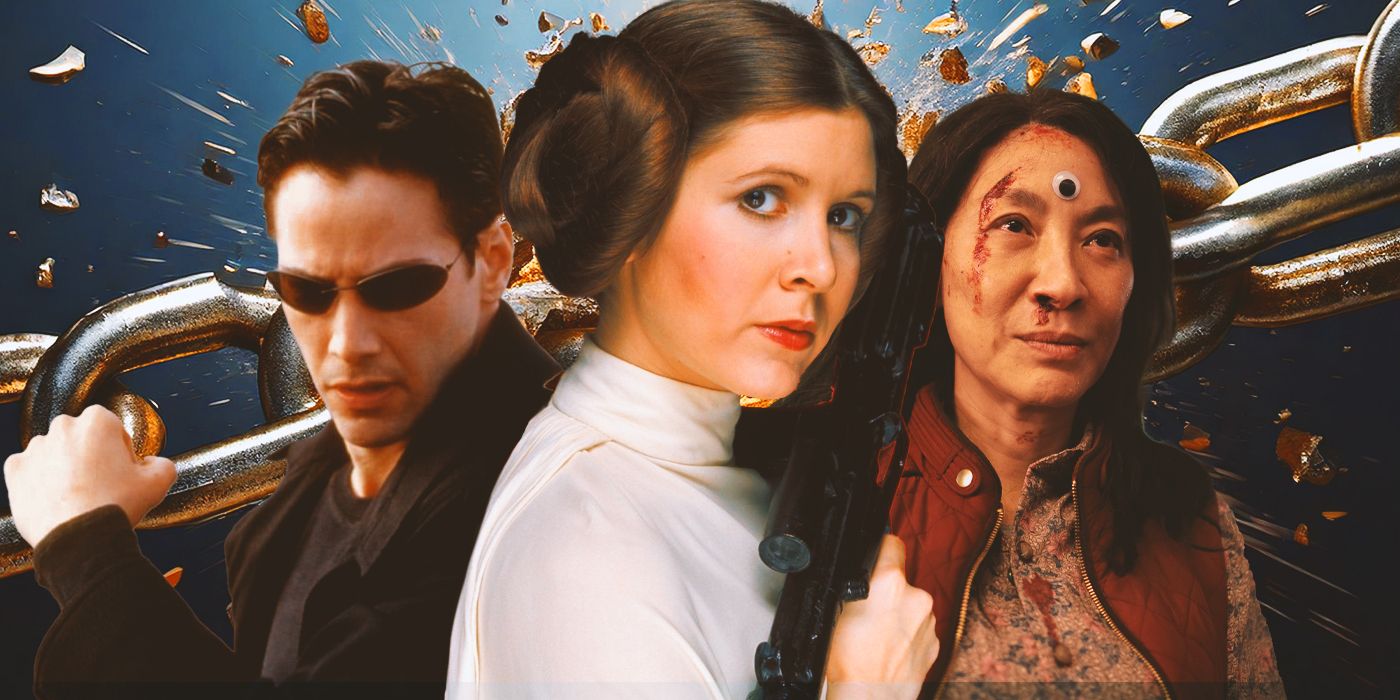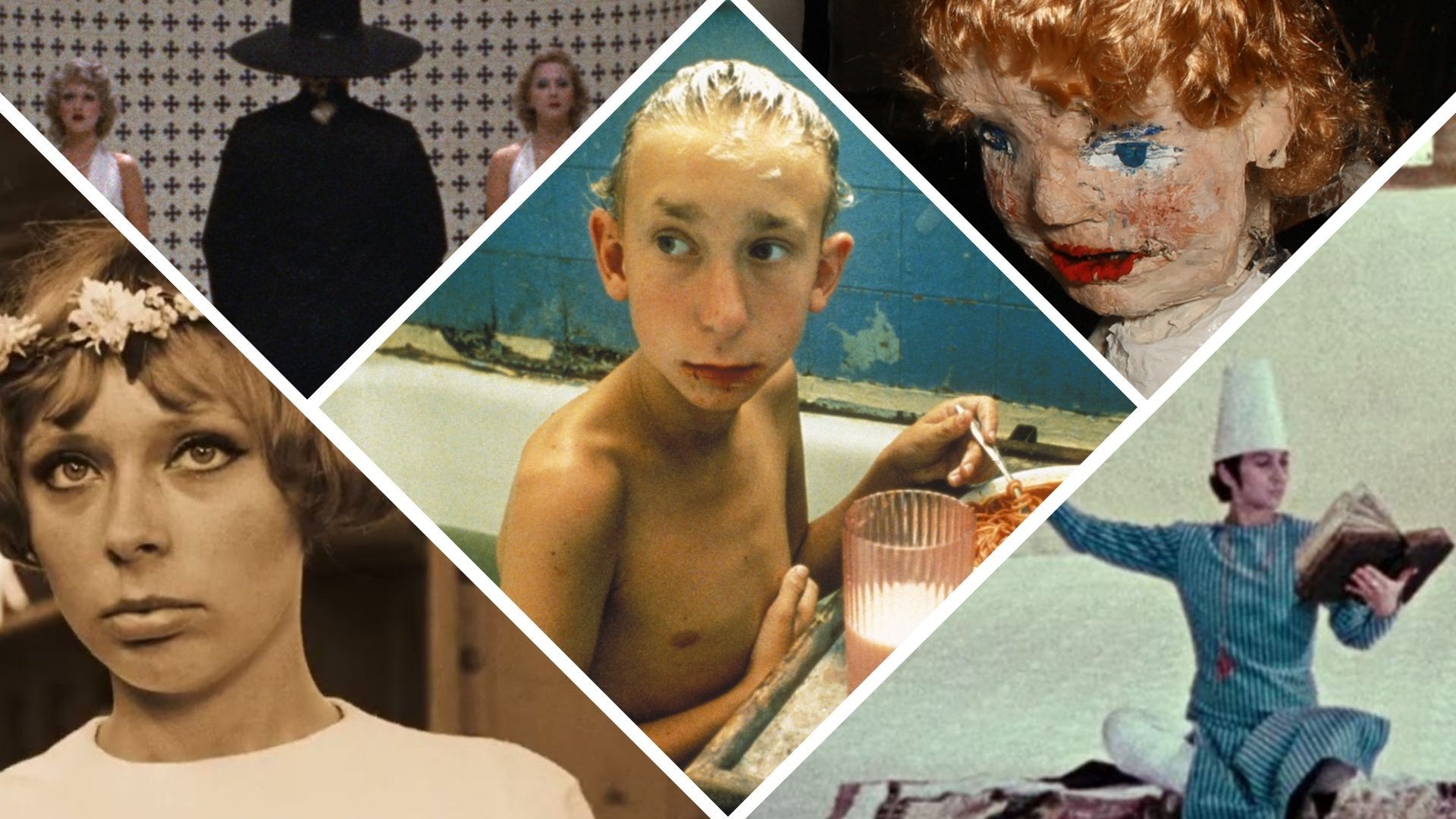Have you ever wondered what makes a movie truly unforgettable? It's not just about the actors, the special effects, or the music. There's an entire world of rules and techniques that filmmakers use to create magic on the big screen. Movie rules rules aren't just suggestions; they're the backbone of cinematic brilliance. Today, we're diving deep into the world of filmmaking and uncovering the secrets that make movies so captivating.
Think about your favorite film. What made it stick in your mind? Was it the plot? The characters? Or maybe it was the way the story unfolded. Whatever it was, chances are it followed some fundamental movie rules. These rules aren't rigid; they're more like guidelines that help filmmakers craft their vision into something audiences can connect with.
In this guide, we'll explore everything from the basics of storytelling to the technical aspects of filmmaking. Whether you're a budding filmmaker or just a movie enthusiast, understanding movie rules rules will give you a whole new perspective on the films you love. So, grab your popcorn, and let's get started!
Read also:Person Of Interest In El Chaos Unveiling The Hidden Truths
Table of Contents
- What Are Movie Rules?
- The Importance of Movie Rules in Filmmaking
- Basic Storytelling Techniques in Movies
- Camera Techniques That Define a Film
- Sound Design: More Than Just Music
- Editing Tips for a Seamless Movie Experience
- Long-Tail Keywords and Movie Rules
- Famous Movies That Followed the Rules
- When and How to Break the Rules
- Wrapping Up: Your Movie Journey
What Are Movie Rules?
Movie rules rules, at their core, are the principles and techniques that guide filmmakers in creating engaging stories. These aren't rigid laws but rather guidelines that help structure a movie's narrative, visuals, and sound. Understanding these rules can make the difference between a mediocre film and a masterpiece.
Some of the most fundamental movie rules include the three-act structure, the rule of thirds, and the importance of character arcs. These rules help ensure that a movie has a clear beginning, middle, and end, with characters that evolve and grow throughout the story.
Why Do Movie Rules Matter?
Movie rules matter because they provide a framework for filmmakers to work within. Without these rules, a film could easily become chaotic and confusing. By following these guidelines, filmmakers can create a cohesive and compelling story that resonates with audiences.
Let's break down some of the essential movie rules:
- Three-Act Structure: Every great movie follows this structure, which includes setup, confrontation, and resolution.
- Rule of Thirds: This visual technique helps create balanced and aesthetically pleasing shots.
- Character Arcs: Characters should change and grow throughout the story, making them relatable and interesting.
The Importance of Movie Rules in Filmmaking
Movie rules rules play a crucial role in the filmmaking process. They help guide filmmakers in crafting stories that captivate audiences and leave a lasting impression. By adhering to these rules, filmmakers can ensure that their movies are not only entertaining but also meaningful.
One of the most important aspects of movie rules is their ability to create emotional connections with the audience. By following rules related to character development, dialogue, and pacing, filmmakers can craft stories that resonate on a deeper level.
Read also:Blood Moon Total Lunar Eclipse 2025 A Celestial Spectacle You Donrsquot Want To Miss
How Movie Rules Enhance Audience Engagement
Engagement is key in filmmaking, and movie rules help achieve that by providing a structure that keeps viewers hooked. For example, the use of suspenseful music during tense scenes or the strategic placement of plot twists can keep audiences on the edge of their seats.
Here are some ways movie rules enhance engagement:
- Suspenseful Music: Music can heighten emotions and build anticipation.
- Plot Twists: Unexpected turns in the story can keep viewers guessing.
- Visual Storytelling: Using visuals to convey emotions and actions can make a film more immersive.
Basic Storytelling Techniques in Movies
Storytelling is the heart of any movie, and understanding basic storytelling techniques is essential for any filmmaker. These techniques help create a narrative that flows smoothly and keeps audiences engaged from start to finish.
One of the most important storytelling techniques is the use of conflict. Conflict drives the story forward and gives characters a reason to change and grow. Whether it's internal conflict or external challenges, conflict is what makes a story compelling.
Key Elements of Movie Storytelling
Here are some key elements of movie storytelling:
- Conflict: The driving force behind every great story.
- Character Development: Characters should evolve throughout the story.
- Pacing: The speed at which the story unfolds affects how engaged the audience is.
Camera Techniques That Define a Film
Camera techniques are another critical aspect of movie rules rules. The way a scene is shot can drastically affect how it's perceived by the audience. Filmmakers use various camera techniques to create different moods and atmospheres.
Some of the most common camera techniques include close-ups, wide shots, and tracking shots. Each of these techniques serves a specific purpose and can be used to enhance the storytelling process.
Popular Camera Techniques in Movies
Here are a few popular camera techniques used in movies:
- Close-Ups: Used to focus on a character's emotions or reactions.
- Wide Shots: Provide context and show the environment.
- Tracking Shots: Follow a character or object, creating a sense of movement.
Sound Design: More Than Just Music
Sound design is an often overlooked but crucial part of movie rules rules. It encompasses everything from background music to sound effects and dialogue. A well-crafted sound design can elevate a movie from good to great.
Music, in particular, plays a significant role in setting the tone of a film. Whether it's a haunting score or an upbeat track, music can evoke emotions and enhance the storytelling experience.
How Sound Design Affects Movie Perception
Sound design affects how audiences perceive a movie in several ways:
- Music: Sets the tone and mood of a scene.
- Sound Effects: Adds realism and immersion.
- Dialogue: Conveys character emotions and motivations.
Editing Tips for a Seamless Movie Experience
Editing is where all the pieces of a movie come together. A well-edited film can make even the most complex story seem effortless. Editors use various techniques to ensure that the movie flows smoothly and keeps the audience engaged.
Some of the most effective editing techniques include cutting on action, matching eyelines, and using jump cuts. These techniques help maintain continuity and create a seamless viewing experience.
Essential Editing Techniques
Here are some essential editing techniques:
- Cutting on Action: Helps maintain continuity by cutting between shots during a character's movement.
- Matching Eyelines: Ensures that characters appear to be looking at each other in the correct direction.
- Jump Cuts: Used to create a sense of urgency or disorientation.
Long-Tail Keywords and Movie Rules
When it comes to SEO and movie rules rules, long-tail keywords are your best friend. These are more specific phrases that potential viewers might search for when looking for information about filmmaking or specific movies. Incorporating long-tail keywords naturally into your content can improve your article's visibility and attract the right audience.
For example, instead of just using "movie rules," you might use phrases like "movie rules for beginners" or "advanced movie rules techniques." These longer phrases are more likely to match the specific search queries of your target audience.
Why Long-Tail Keywords Matter
Long-tail keywords matter because they:
- Target specific audiences.
- Improve search engine rankings.
- Increase the relevance of your content.
Famous Movies That Followed the Rules
Some of the most famous movies in history followed movie rules rules to perfection. Films like "The Godfather," "Star Wars," and "The Shawshank Redemption" are great examples of how adhering to these rules can result in cinematic masterpieces.
These movies not only followed the basic storytelling techniques but also incorporated advanced camera and sound techniques to create unforgettable experiences for audiences.
Examples of Rule-Following Movies
Here are a few examples of movies that followed the rules:
- "The Godfather": Masterful storytelling and character development.
- "Star Wars": Iconic sound design and visual effects.
- "The Shawshank Redemption": Seamless editing and emotional depth.
When and How to Break the Rules
While movie rules rules are essential, there are times when breaking them can lead to innovative and groundbreaking films. Filmmakers like Quentin Tarantino and Christopher Nolan have built careers on bending and breaking the rules of traditional filmmaking.
Breaking the rules can lead to fresh and exciting storytelling, but it should be done with purpose and intention. Understanding the rules first is crucial before attempting to break them.
Successful Rule-Breaking Movies
Here are some successful rule-breaking movies:
- "Pulp Fiction": Nonlinear storytelling that redefined the crime genre.
- "Inception": Complex narrative structure that challenged audiences.
- "Memento": Reverse chronological order that kept viewers guessing.
Wrapping Up: Your Movie Journey
Movie rules rules are the foundation of great filmmaking, but they're not set in stone. Understanding these rules can help you create engaging and meaningful movies, whether you're a seasoned filmmaker or just starting out.
Remember, the key to successful filmmaking is balancing adherence to the rules with the creativity to break them when necessary. As you continue your movie journey, keep experimenting and exploring new techniques to find your unique voice in the world of cinema.
So, what are you waiting for? Grab your camera, hit the record button, and let your imagination run wild. And don't forget to share your creations with the world. After all, the best movies are the ones that inspire others to dream bigger and aim higher. Keep the conversation going by leaving a comment or sharing this article with fellow movie enthusiasts. Let's keep the magic of cinema alive!


